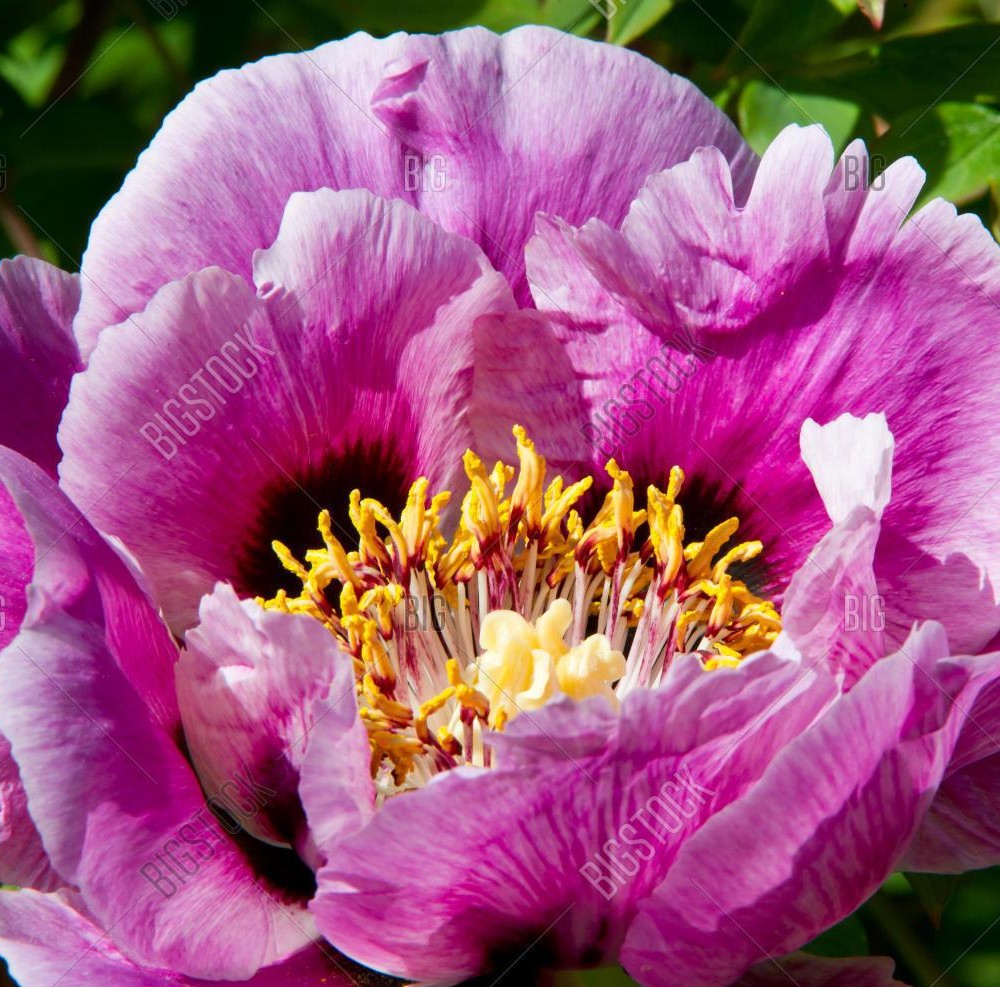Rock's peony
(Paeonia rockii rockii)

Description
Paeonia rockii, or Rock's peony, is a woody species of tree peony that was named after Joseph Rock. It is one of several species given the vernacular name tree peony, and is native to the mountains of Gansu and adjoining provinces in China. Paeonia rockii is cultivated as an ornamental plant in Asia and the west. Like Paeonia lactiflora, another Chinese peony species, it is used as an herbal remedy in traditional Chinese medicine. Tree peony hybrids with Paeonia rockii as one parent are called Rockii hybrids. In China there are several cultivar groups of these hybrids, called Gansu Mudan and Zhongyuan Mudan, or North-West Chinese cultivar group. The European-grown Suffruticosa Group (Paeonia × suffruticosa) also belongs here. The peony or paeony is a flowering plant in the genus Paeonia, the only genus in the family Paeoniaceae. Peonies are native to Asia, Europe and Western North America. Scientists differ on the number of species that can be distinguished, ranging from 25 to 40, although the current consensus is 33 known species.The relationships between the species need to be further clarified. Most are herbaceous perennial plants 0.25–1 metre (1–3 ft) tall, but some are woody shrubs 0.25–3.5 metres (1–11 ft) tall. They have compound, deeply lobed leaves and large, often fragrant flowers, in colors ranging from purple and pink to red, white or yellow, in late spring and early summer. The flowers have a short blooming season, usually only 7–10 days. Peonies are popular garden plants in temperate regions. Herbaceous peonies are also sold as cut flowers on a large scale, although generally only available in late spring and early summer. All Paeoniaceae are herbaceous perennials or deciduous shrubs, with thick storage roots and thin roots for gathering water and minerals. Some species are caespitose (tufted), because the crown produces adventitious buds, while others have stolons. They have rather large compound leaves without glands and stipules, and with anomocytic stomata. In the woody species the new growth emerges from scaly buds on the previous flush or from the crown of the rootstock. The large bisexual flowers are mostly single at the end of the stem. In P. emodi, P. lactiflora, P. veitchii and many of the cultivars these contributed to, few additional flowers develop in the axils of the leaves. Flowers close at night or when the sky is overcast.
Taxonomic tree:







